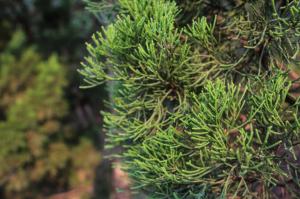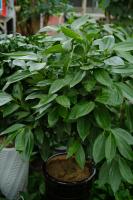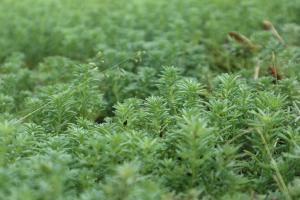What is the Function of Leaves on Tomato Plants
Tomato plants are known for their juicy and flavorful fruits that are used in a variety of culinary dishes. However, much of the plant's growth and health depend on the leaves that cover its branches. These leaves not only provide a green and vibrant canopy for the plant but also perform numerous functions that are vital to its survival.
Photosynthesis
The primary function of leaves on tomato plants is to carry out photosynthesis. Like all green plants, tomato plants use their leaves to absorb energy from sunlight and convert it into sugars that the plant uses for growth, repair, and reproduction. The green pigment called chlorophyll is responsible for capturing the light energy that drives the process.
In the process of photosynthesis, carbon dioxide is taken in through tiny openings on the leaves called stomata. The carbon dioxide is then combined with water from the roots, and sunlight absorbed by the chlorophyll to produce glucose and oxygen. The glucose is then transported throughout the plant, providing energy for all its metabolic processes.
Transpiration
Another function of the leaves on tomato plants is transpiration. This is the process by which water is taken up by the roots and transported up to the leaves. Once in the leaves, the water evaporates through the stomata and is released into the air. This process helps to regulate the amount of water in the plant and keep it hydrated, especially during hot and dry conditions.
Gas exchange
Aside from their role in photosynthesis and transpiration, tomato plant leaves are also responsible for gas exchange. During photosynthesis, oxygen is produced and released into the air while carbon dioxide is absorbed by the plant. In contrast, during respiration, the plant absorbs oxygen and releases carbon dioxide. These gas exchanges are crucial for maintaining the right balance of gases within the plant and its environment.
Leaf anatomy
The structure of tomato plant leaves is also important for their function. The leaves contain a network of veins that transport nutrients and water throughout the plant. The epidermis, or outer layer of the leaf, contains the stomata and is covered in a waxy layer called the cuticle that helps to prevent water loss.
The underside of the leaves contains specialized cells called guard cells that can open and close the stomata as needed. This allows the plant to conserve water during times of drought or high temperature and regulate the amount of carbon dioxide and oxygen it absorbs and releases.
Conclusion
Overall, the function of leaves on tomato plants is essential for their growth, health, and survival. Tomato plant leaves carry out the processes of photosynthesis and transpiration, regulate gas exchange, and maintain the right balance of gases within the plant and its environment. Understanding the roles and anatomy of tomato plant leaves can help gardeners and growers to optimize their plant growth and yield.

 how many times do yo...
how many times do yo... how many planted tre...
how many planted tre... how many pine trees ...
how many pine trees ... how many pecan trees...
how many pecan trees... how many plants comp...
how many plants comp... how many plants can ...
how many plants can ... how many plants and ...
how many plants and ... how many pepper plan...
how many pepper plan...






























